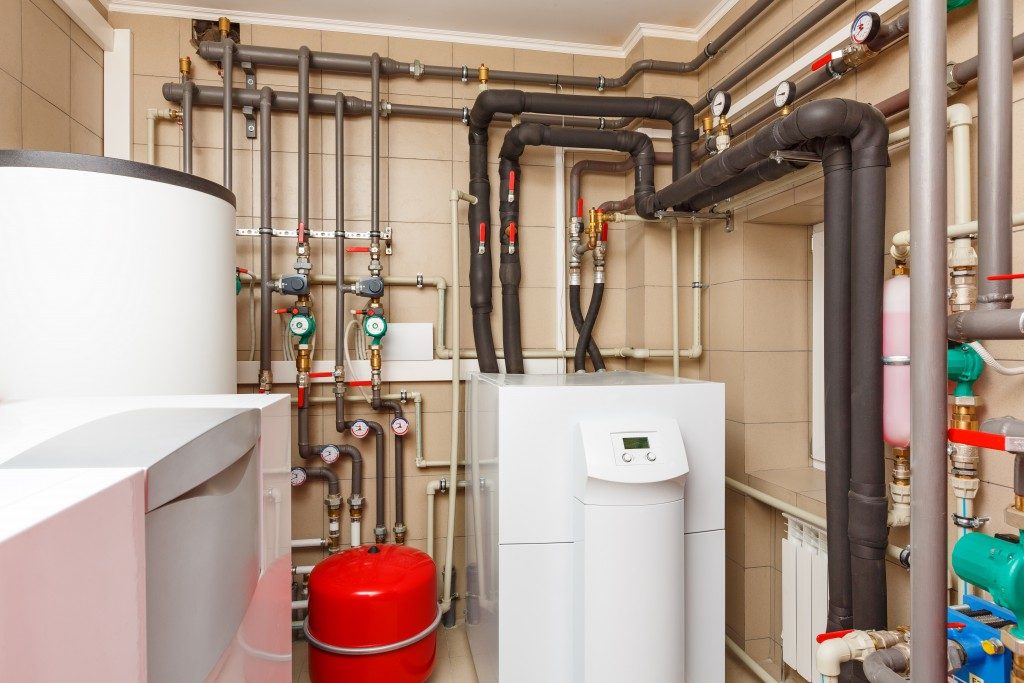Statistics show that buildings represent up to 72% of electrical consumption in the U.S., according to the Energy Information Administration. Buildings also account for up to 40% of primary energy use. The energy consumption of buildings is from heating, cooling, and lighting.
In any home budget, the cost of heating and cooling can total a tidy sum. To lessen the dependence on fossil fuels, various renewable energy sources can be installed. In doing so, the savings on heating and cooling can be substantial.
Renewable Energy Source
Besides home wind turbines and solar panels, another renewable resource is the geothermal heat pump. This is a passive device that works like a heat exchange. It is not like geothermal energy production, which is a large-scale operation that drills deep into the ground and generates energy using the heat of the earth.
On the other hand, a geothermal heat pump uses the natural temperature difference between the air above ground and that of below the ground. The temperature a few feet under the ground is a constant the whole year-round. This constant temperature is warmer than the air in winter and colder than the air in summer.
The underground temperature can be used to warm a house in winter with the use of tubes. In summer, it can serve as a heat sink where the house’s warmth is transferred to the ground below. This is an efficient way for both heating and air-conditioning. This is an effective strategy where HVAC daily costs are minimized over the lifespan of the system.
The costs of installing a geothermal heat pump depend on the type of the pump system used. Other costs may include additional equipment for residential water heating. The only drawback of the system is that there is little benefit of running the system during spring and autumn, due to the minimal temperature difference.
Summers provide ideal conditions for a geothermal heat pump. With summer temperatures reaching 100 degrees Celsius, the ground can serve as a heat sink, which would absorb the building’s heat. This, in turn, can cool the building without any need for an air conditioner.
Passive Heating and Cooling Systems

Heating systems move hot air to a cold area. The reverse is true for a cooling system, where hot-cold is forced into a warm room. In winter, heating is an ongoing cost because heaters are used round-the-clock. In summer, there is also the tendency to use the air conditioner non-stop to have a comfortable room.
Heating systems have evolved from fireplaces to hot boxes, to central heating. The latest technology is inverters, which can be used to generate heat during cold weather and provide air conditioning in summer. These systems use a heat source or electricity to function.
Passive systems have been used to help lower costs of HVAC in Modesto and other cities. These include the use of materials like glass for specific parts of the house. The house orientation can also help lower air-conditioning costs. A geothermal heat pump is an HVAC solution that does not use fossil fuel, is renewable, and can last up to 25 years. It can save a lot in energy costs over that lifetime.
